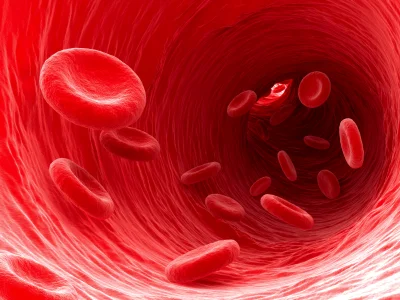Preeclampsia is a serious pregnancy complication that is preventable today. Adequate early assessment of risk allows appropriate and effective management. However, it is important to get screened in the first trimester of pregnancy. Learn more about preventing preeclampsia.
Preeclampsia – what is it?
Preeclampsia used to be called pregnancy poisoning. The name comes from the fact that the mother-to-be’s body is “poisoned” by the developing pregnancy. Preeclampsia is the result of abnormal vascularization during the formation of the placenta in the early stages of pregnancy. This, in turn, leads, in short, to obstruction of placental flow in the third trimester, development of hypertension in the pregnant woman, and other complications.
Preeclampsia – Symptoms
Symptoms of pre-eclampsia include:
- Blood pressure >140/90 mmHg
- Proteinuria > 0.3g/24h on urine sample
- Headache
- Visual disturbances
- Stomach pain
- Nausea
- Blood coagulation disorders
- Abnormal currents during ultrasound examination
Preeclampsia- Diagnosis
The diagnosis of preeclampsia is made based on the symptoms present. Proteinuria and hypertension are the most common. There may also be growth disturbances of the fetus. In addition, disorders of liver and kidney function occur. Liver and kidney parameters in the form of elevated AST or ALT levels and creatinine are also abnormal. These must be monitored continuously if preeclampsia is suspected. It is also very important to monitor the well-being of the fetus, as growth restriction and abnormal Doppler currents on ultrasound are among the criteria for the diagnosis of preeclampsia.
Preeclampsia – Treatment
The only effective treatment for preeclampsia is causal treatment, i.e. delivery. The decision about this depends on the symptoms present and the clinical condition of the pregnant woman, as well as the well-being of the baby. Antihypertensive treatment is essential, but if symptoms are severe, termination of pregnancy is required.
Preeclampsia – Prevention
It is now possible to prevent pre-eclampsia in pregnancy. In the first trimester, specialists calculate the risk of fetal hypotrophy and preeclampsia at certain weeks of pregnancy, as well as the risk of chromosomal abnormalities, based on a composite test and ultrasound examination. If this risk exceeds 1:150, the pregnant woman should take acetylsalicylic acid at a dose of 150 mg per night. It is important to take this prophylaxis before the 16th week of pregnancy, i.e., before the placenta and vascular system are fully formed. Usually, this supplementation is continued until the 36th week of pregnancy. It is known that the risk of preeclampsia before 34 weeks of gestation decreases by 80% when acetylsalicylic acid is taken.
Another useful test to determine the risk of preeclampsia is the sFlt-1/PLGF index, which is the placental growth factor and the soluble receptor for vascular endothelial growth factor type 1. Their relationship to each other can predict the occurrence of preeclampsia within the next week. This allows specialized care for women at risk of preeclampsia and prevention of severe symptoms.











